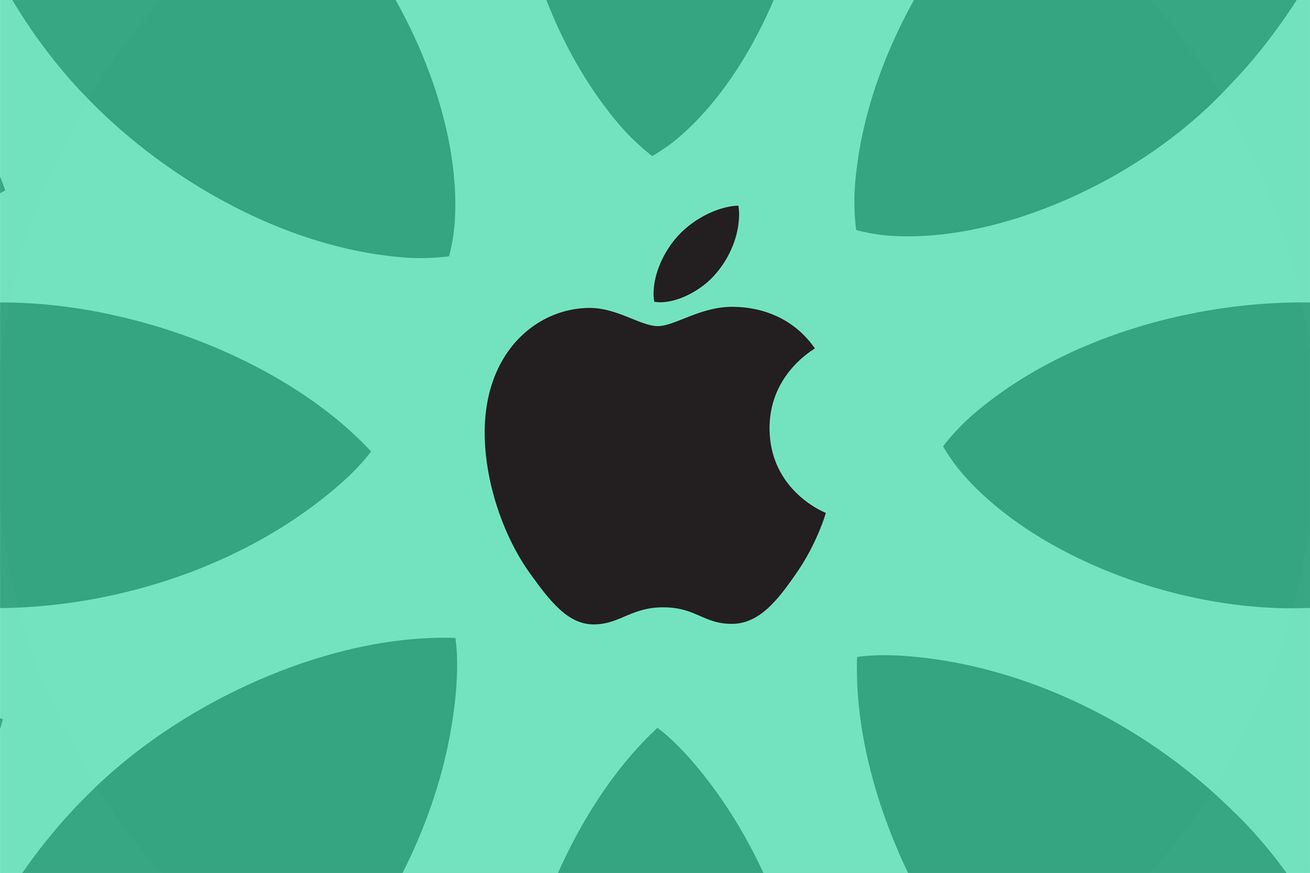
Apple just fixed the most annoying part of its Self Service Repair program
Apple will expand its Self Service Repair program to cover recent products, including the iPhone 14 lineup and M2-based MacBooks, starting on June 21st. But perhaps more importantly, the company seems to be responding to feedback by eliminating needless friction from the process. The “System Configuration” validation step that’s required after repairs — and involves calling Apple on the phone — has been criticized as burdensome. With the new changes, you won’t have to call the company’s repair support team anymore.
“Self Service Repair users can now initiate System Configuration by placing their devices into Diagnostics mode and following onscreen prompts,” Apple wrote in today’s press release. “Users no longer need to contact the Self Service Repair support team to run the final step of a repair, but the team will still be available to assist as needed.” No more time-wasting phone calls? Sounds like the right move, Apple. Our own Sean Hollister found the previous requirement to be one of the leading frustrations of his experience repairing an iPhone.
The System Configuration step “authenticates genuine Apple parts, updates firmware, and calibrates parts to ensure maximum performance and quality,” according to the company. As of June 21st, you’ll be able to order said parts for the iPhone 14, iPhone 14 Plus, iPhone 14 Pro, and iPhone 14 Pro Max. That’s in addition to the 13-inch M2 MacBook Air and M2 Pro / M2 Max MacBook Pro laptops. No luck for the just-introduced 15-inch MacBook Air, but clearly, there’s some lead time required here, considering it took nine months for the current iPhone lineup to join the program.
“Self Service Repair will also be available for the True Depth camera and top speaker for the iPhone 12 and iPhone 13 lineups — as well as Mac desktops with M1 — in the U.S., Belgium, France, Germany, Italy, Poland, Spain, Sweden, and the U.K.,” Apple wrote in today’s news release. The company is trumpeting its efforts to increase “widespread repair access” through Self Service Repair and a growing network of authorized service locations.
But the message for most consumers remains the same: you’re better off seeking professional assistance than giving this a go yourself. “For the vast majority of users who do not have experience repairing electronic devices, visiting a professional authorized repair provider with certified technicians who use genuine Apple parts is the safest and most reliable way to get a repair,” Apple said.

